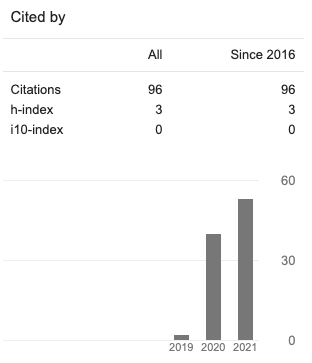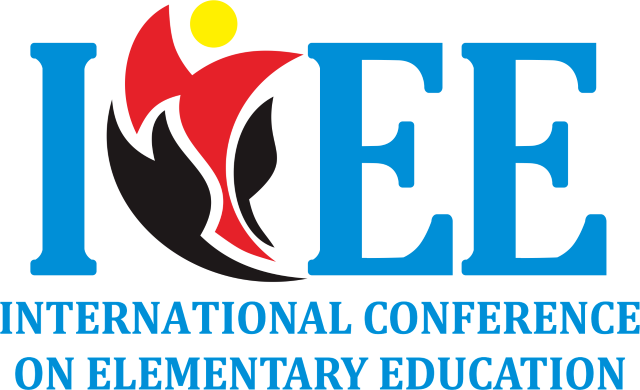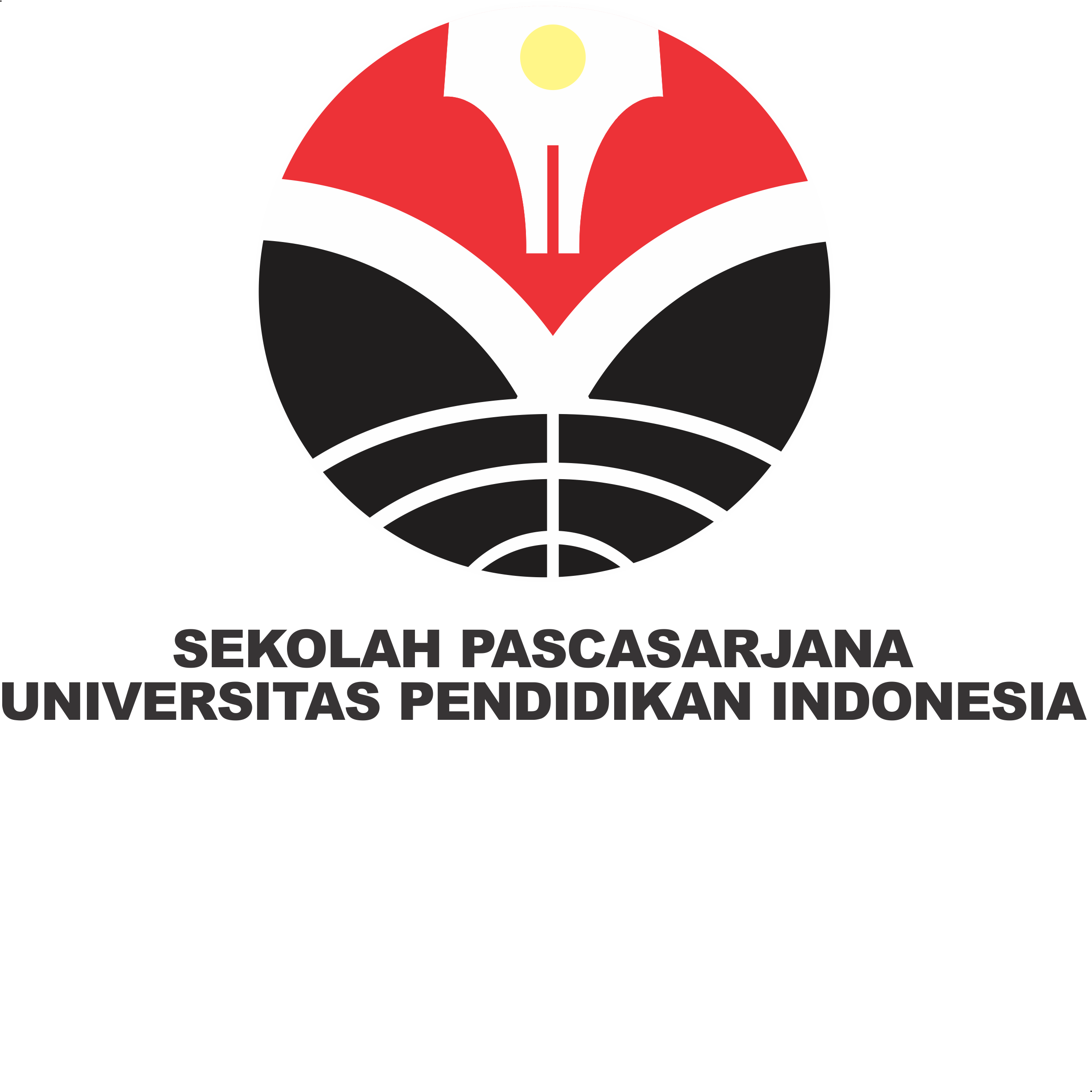Multimodal Approach to Literation Practice in Primary School Students
Abstract
This paper is a literature review that describes a multimodal approach to literacy practice in elementary school students. This approach provides opportunities for students to be creative and educative. Usually, the teacher when teaching is less active and students only watch and listen to what is being said, but the teacher does not activate the atmosphere, the child tends to be silent even just playing. Students are confused about getting ideas to tell stories freely and widely because students are only fixated on one reading book. In its implementation, a multimodal approach in elementary schools can be carried out by focusing on writing and drawing activities, assisted by digital technology that can provide interesting information. Digital technology provides many benefits in terms of linguistics, audio, visual, spatial, and gestures in creating a story. To learn something, students must be smart in literacy, namely in writing, reading, and listening. The four languages are interrelated. In life we are inseparable from communication, now it is not the only face to face but we can communicate via electronic media. Multimodal is a resource for children to build ideas and help students' minds more open. With a multimodal approach, it is a student's experience that is always remembered, this provision does not only apply to elementary schools but will be useful until later continuing with higher education.















